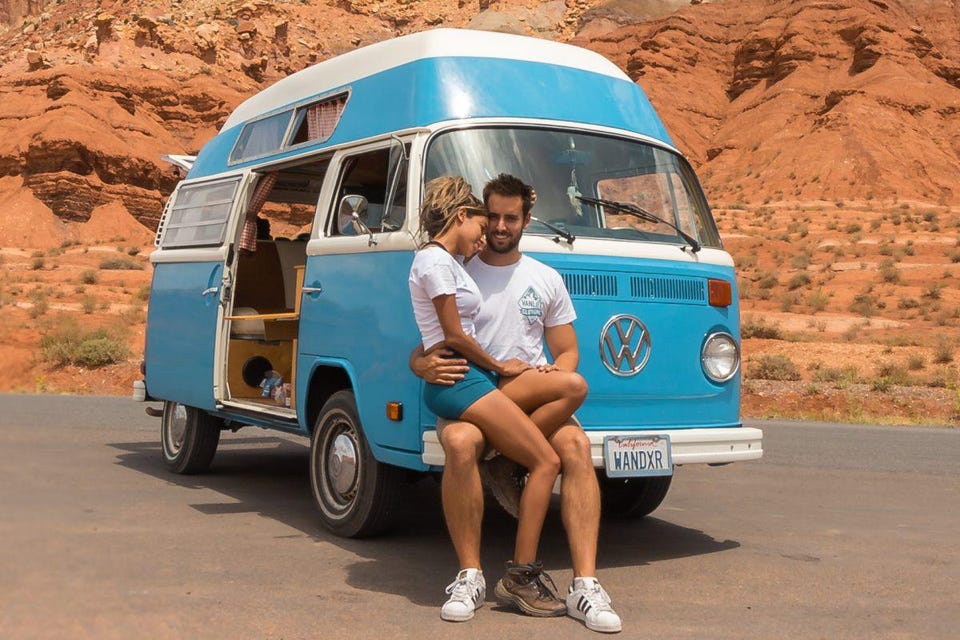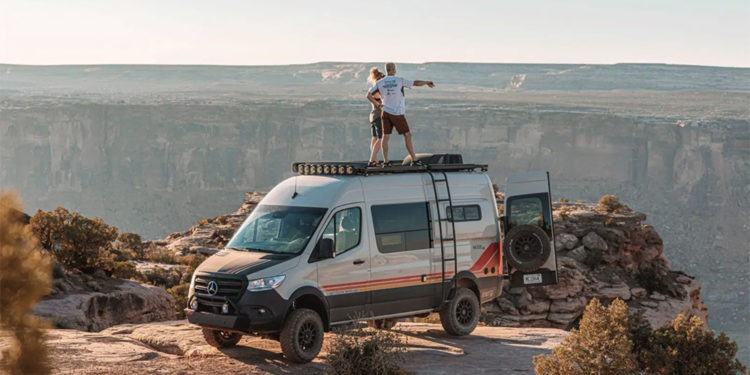The hashtag was created in 2011 by photographer Foster Huntington, who was the first to use it. After a decade, the hashtag has come to represent a whole lifestyle: a group of people who have abandoned standard living in favor of living in vehicles that have been converted into tiny homes.
Background
The full-size van was a popular platform for people to alter not just for business but also for personal living space between the 1960s and 1980s. The level of customization varies from modest to wild. The trend expanded to the point where van festivals were held in several locations around the country over many days. From a cave with a mattress to steamy love shacks to elegant RV-like vehicles, the vans have been transformed. The exteriors could range from colorful and outrageous to unobtrusive. Any hippy will tell you that. They’ll be remembered.

The hashtag #vanlife is used to present an idealized version of the van living lifestyle on the photo-sharing platform Instagram. Foster Huntington, a photoblogger, was the first to use and popularise the hashtag in 2011. On social media, a romanticized view of the van-dwelling lifestyle has flourished since then. The hashtag #vanlife had been used on more than four million Instagram photographs by October 2018. Many of the photographs include idyllic natural beauty, which is either framed by the van’s open back doors or plainly visible in the countryside. Others show clean, stylish interior shots of the living room. The folks in the photos are mostly millennials who are youthful, pretty, and enjoy being outside. The photographs are frequently taken in natural settings, particularly in the Western United States.
Is Virtual Van Life An Illusion?
It’s no secret that most social media photographs don’t show the whole scene. What you’re seeing on your social media feed is simply a sliver of someone’s life. The same may be said with the hashtag #vanlife.
Van living isn’t a trend for the adventurous; it’s a way of life for them.

You’re not going to upload films of you falling on your buttocks skateboarding,” for eg, “you’re only going to share videos of the tricks you landed.” That’s what it’s like to live in a hashtag van. These are all of the techniques that these van lifers have pulled off, and they make them appear like professionals. On his social media accounts, he posts pictures of luxurious vans decked out in high-end goods, despite the fact that his car was tight and just contained a mattress. The hashtag has portrayed this as an affluent, comfortable movement, which is troubling. In fact, some vanlifers are forced to make do without high-end amenities in their cars. Rather than building their camper vans for Instagram glam photographs, many people are roughing it in their campers and living better as a result.
The Exploding Popularisation
The allure of the open road isn’t limited to retirees. A new form of life is gaining popularity among millennials: van life. On Instagram, the hashtag #vanlife has almost 6 million posts. Flexible employment arrangements, the gig economy, and Marie Kondo’s minimalist movement have all contributed to the rise of the nomadic lifestyle.
Many people are considering Vanlife as an alternative as a result of the minimalistic desire and the potential to work from home for an established employer or work from home in spurts as an independent contractor. In essence, a new awareness has emerged.

As a result, many people are leaving their mansions in favor of converting just about anything into their personal Vanlife headquarters. While car camping is becoming more popular, smaller vehicles have their own set of limitations. Full-size vans provide greater space and are enjoying a resurgence in conversions, with many being converted into living quarters.
Also Read: 17 Van Life Hacks To Make Life Easier On The Road


